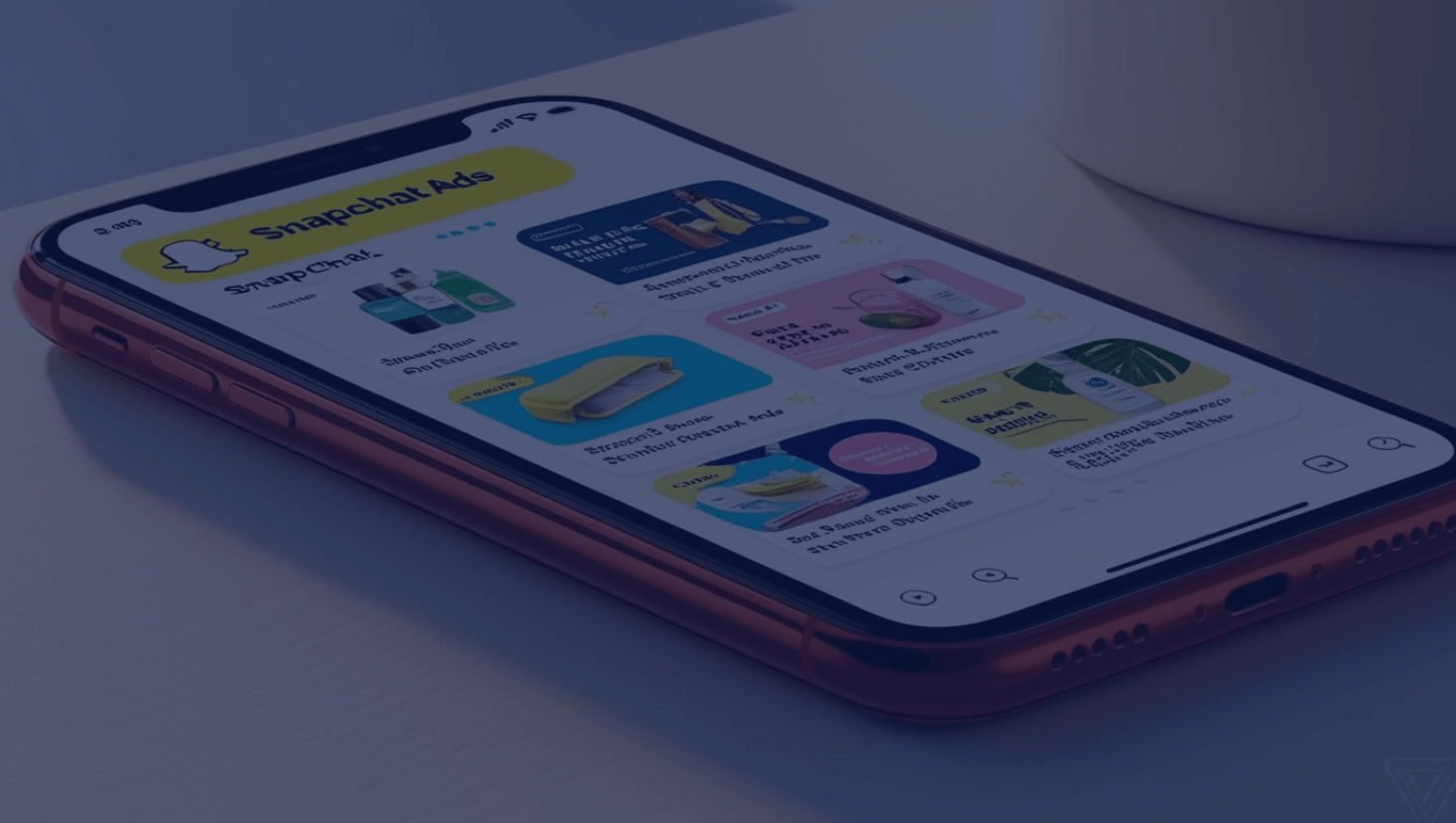On the night of the Haitian earthquake, Tufts graduate student Patrick Meier began responding to text messaged crisis reports with a unique solution to disaster relief – an online map that pinpointed where aid was needed, where people were trapped inside flattened buildings, and where rescuers could find much-needed supplies. As the magnitude of the crisis became clearer, Meier reached out to colleagues at the Fletcher School of Law and Diplomacy to help translate text messages and posts to various social media sites. Eventually, more than three hundred Tufts student volunteers worked on the project while another thousand Haitian Creole speakers in the US, Canada, and Europe volunteered to read and translate the SMS texts arriving from the earthquake zone.
Using technology developed by a multinational group called Ushahidi to calculate precise longitude and latitude readings to map incidents reported via email, Twitter, or other social media, Meier and his group were able to create a map that was shared with rescue and disaster relief teams on the ground in Haiti. The rescue teams were quick to see the value of this online resource. One civilian intelligence analyst with the Marine Corps said, “This really helped us get the aid exactly where it was needed. What they did was beyond valuable. It was gold.”
The service is now being transitioned to the control of local Haitian organizations so they can continue to collect, download, and utilize the data during the rebuilding phase of the disaster response.
Link to a longer story in the Boston Globe






